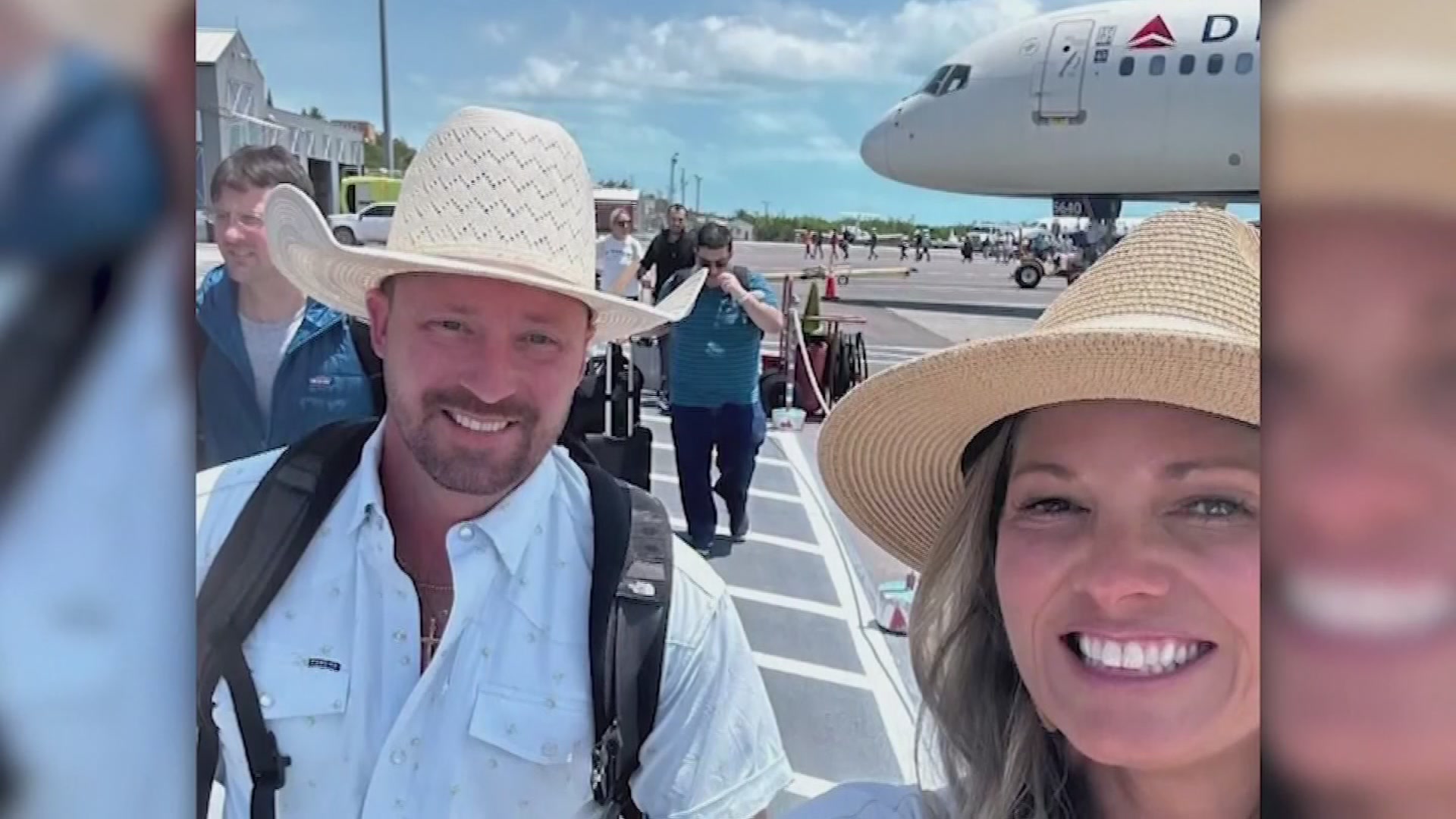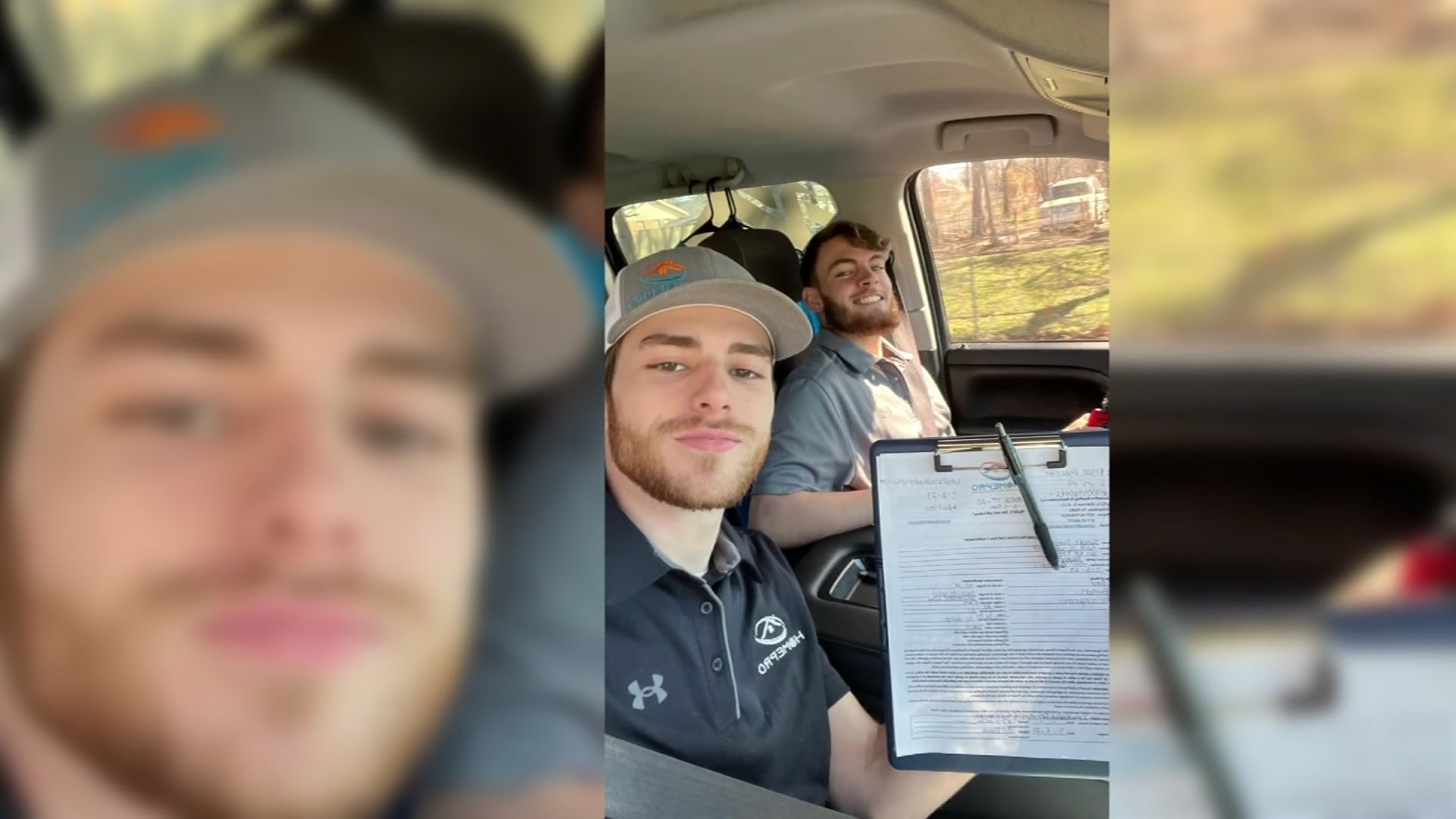In a small lab on the campus of the University of North Texas Health Science Center in Fort Worth, a team of analysts at the UNT Center for Human Identification are hard at work cleaning and cutting human bones.
"We do that by using a dremel to sand the outer surface," said team member Romy Franco.
Franco is part scientist, part detective.
"The ultimate goal is to be able to identify these people," she added.
Franco is looking to extract DNA, to help law enforcement positively identify the remains.
Once the bone fragments are cut into small pieces, they're ground into powder and then chemicals are added to help extract the DNA.
"You know this is a person and you want to be able to help," Franco added.
Local
The latest news from around North Texas.
Franco and her colleagues work cases that range from bodies found in house fires to bones found in remote fields.
"What becomes the challenge is, 'Do we have anything to compare that to?'" added Dixie Peters, the unit's technical leader.
For reference, family members provide a cheek swab then the two profiles are compared to make a positive ID.
In many cases authorities have an idea of who the bones may belong to based on their investigation.
"Other times they have no idea who that person is," Peters added.
That could be the case with bones recovered along the Texas-Mexico border.
Identifying illegal immigrants who died trying to enter Texas can be like finding a needle in a haystack.
"We can have all the DNA profiles we want, from all these skeletal remains, and still not make identifications if those family members don't come forward," Peters said.
It often requires the help of a consulate's office to reach out to families in other countries.
"If there's no one coming forward to say they have a missing loved one, or no one willing to donate their sample, then things stall," Peters said.
It's the toughest part of their job.
"These are children. These are people's moms that have been missing," Romy said. "I try not to let that affect what it is that I'm doing."
The goal will always remain the same, doing what they can to find closure.



